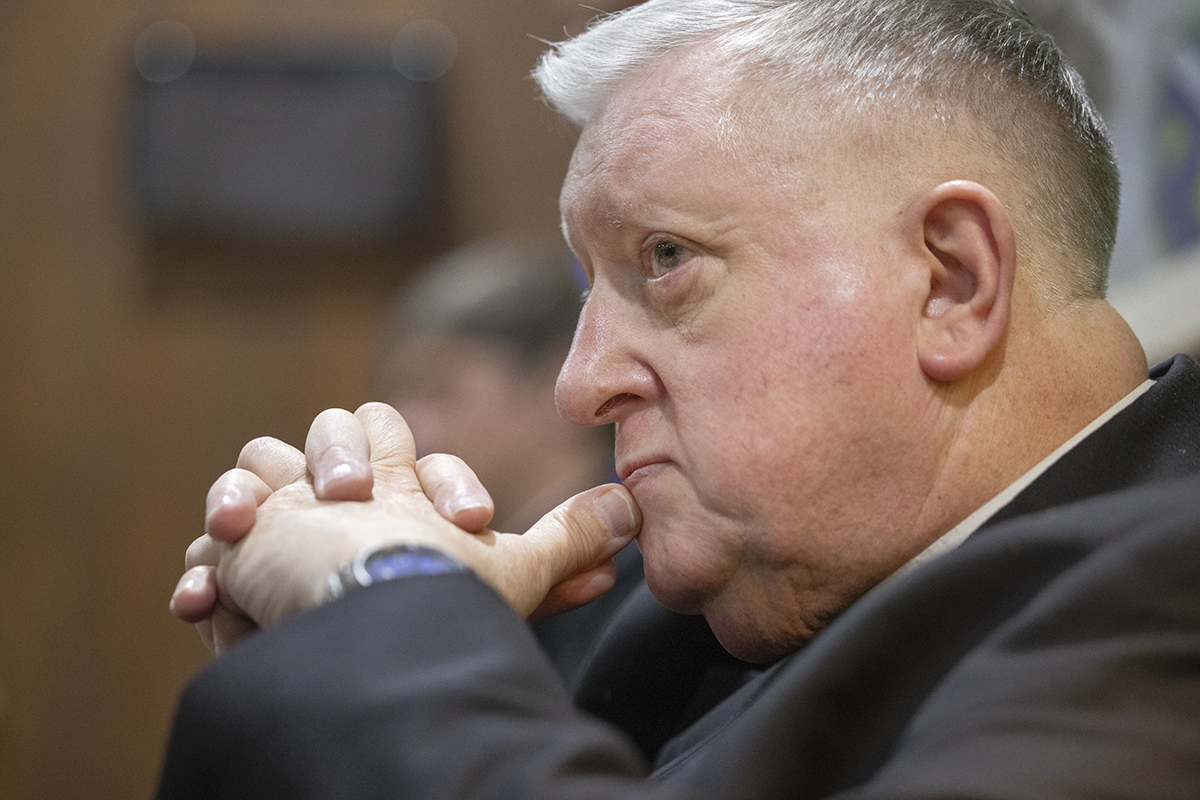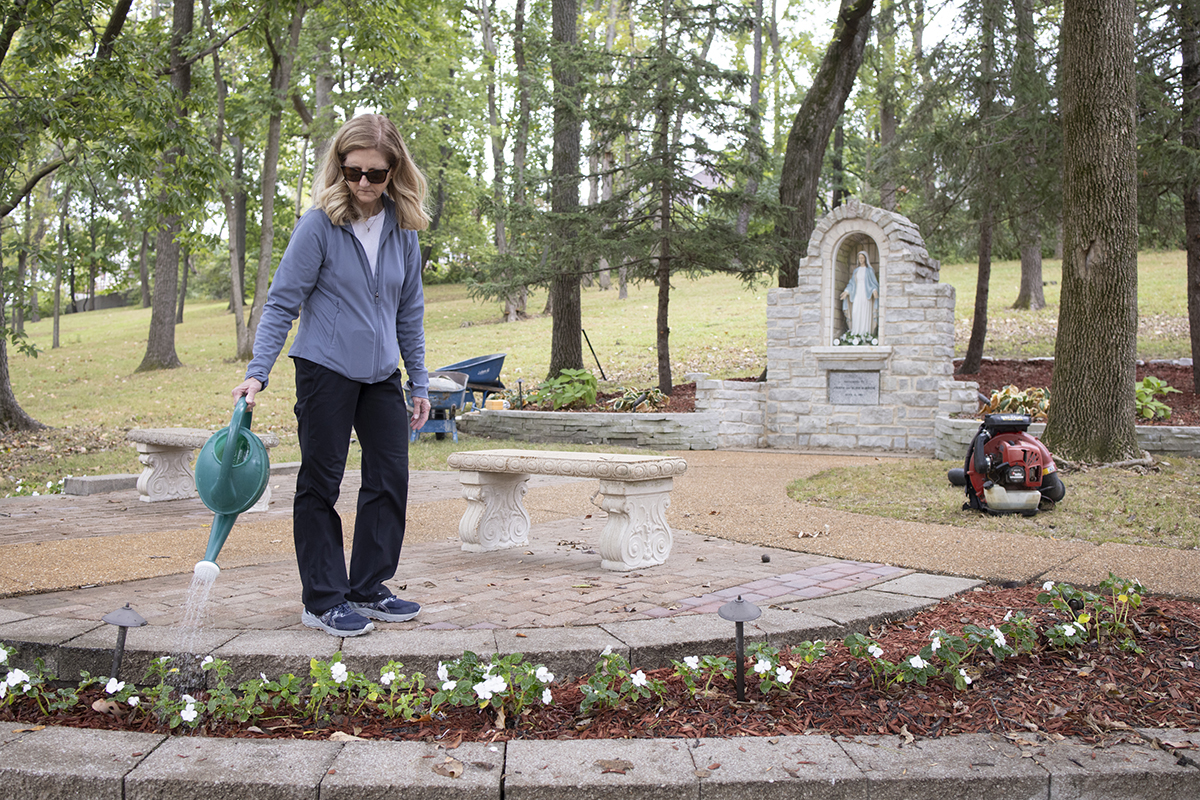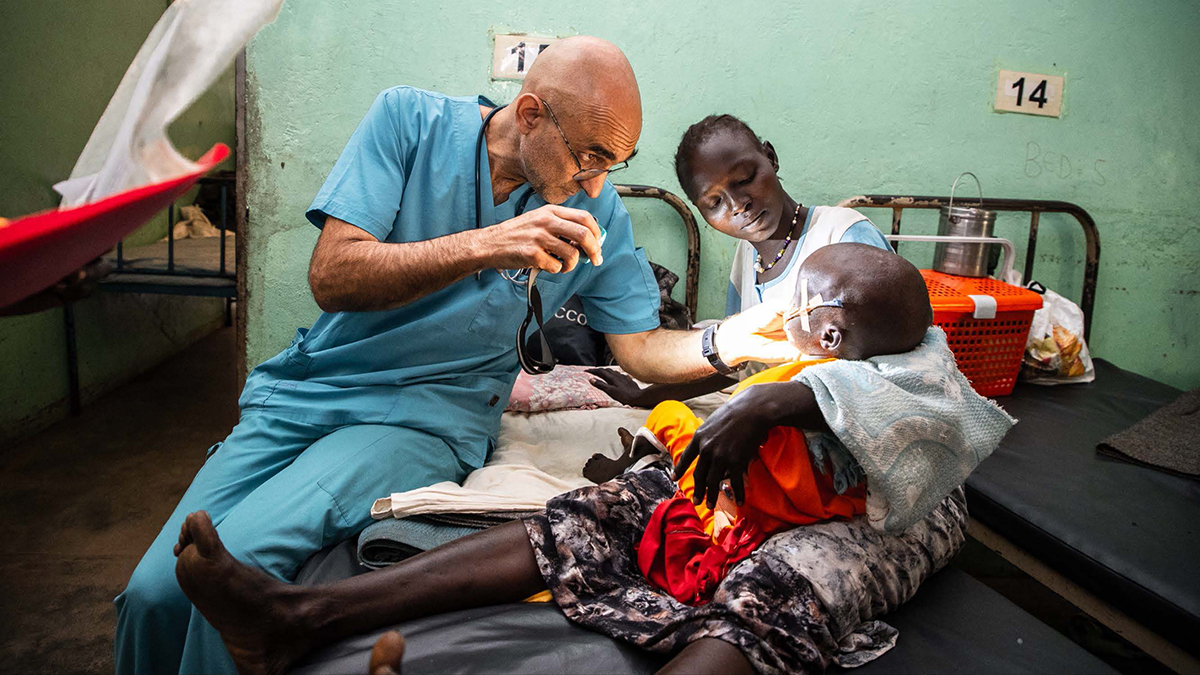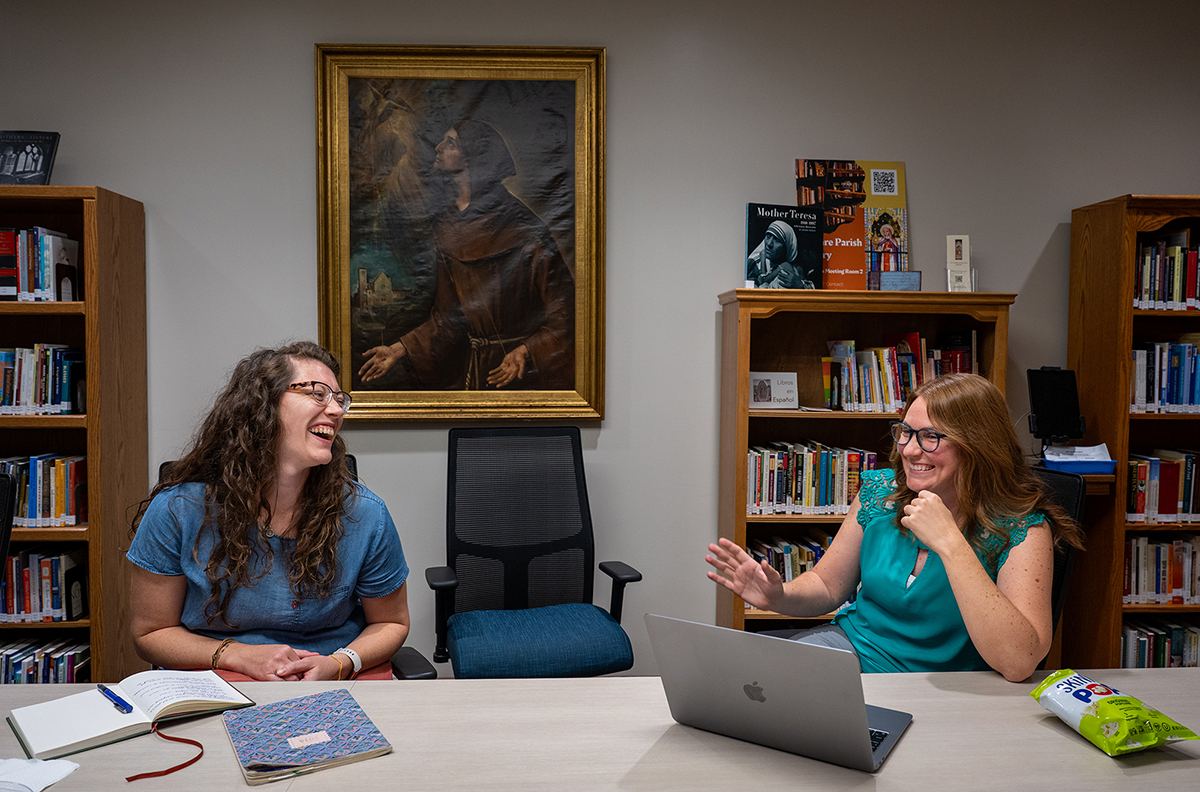Months after tornado, mental health needs remain a concern
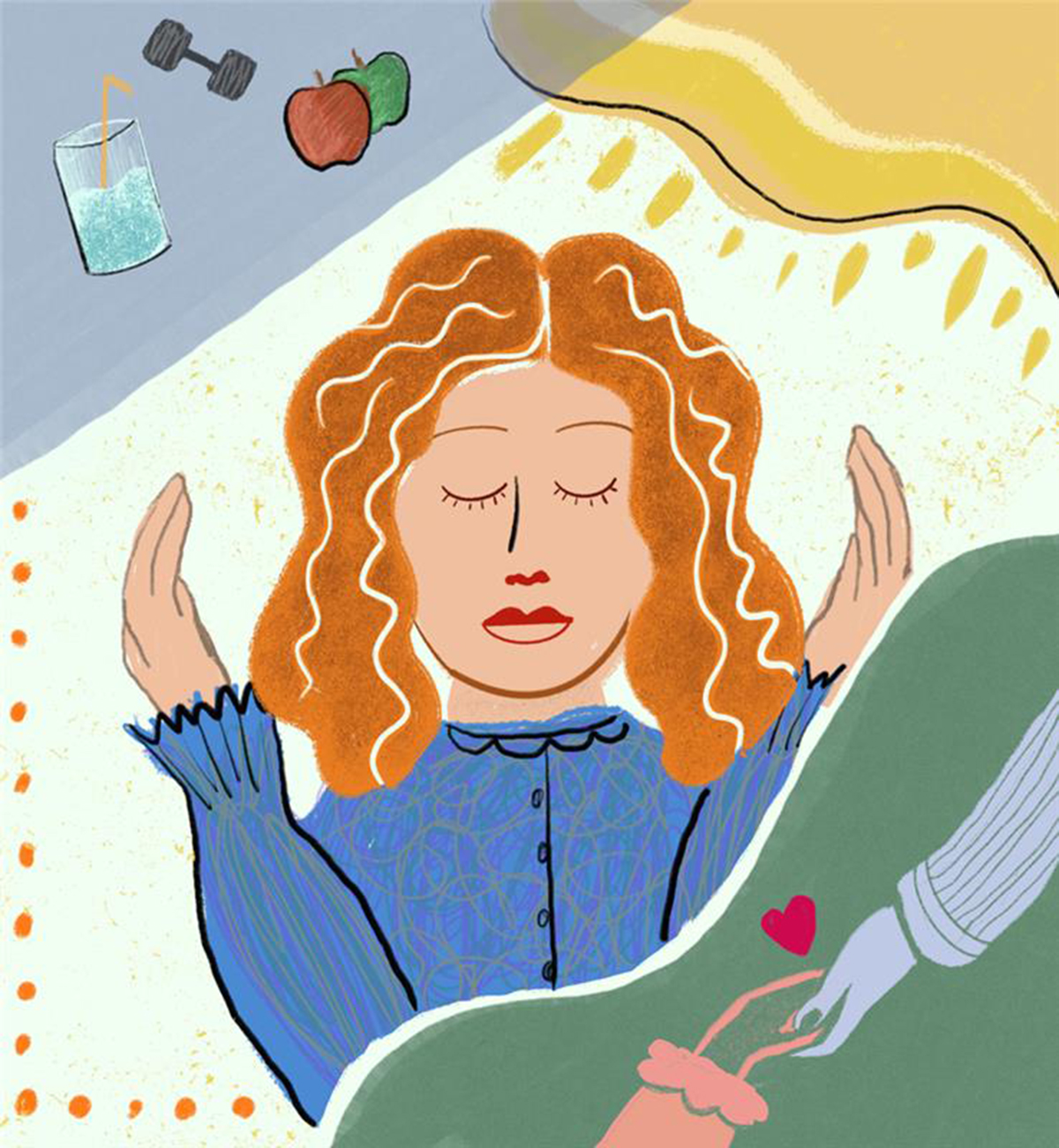
Saint Louis Counseling among groups offering ongoing support
Tamyka Seymore had just returned home from her son’s high school graduation when a tornado ripped through her O’Fallon Park neighborhood on May 16.
As the winds picked up, several windows shattered. The roof began to collapse. A side wall came next, then the front porch. By the time she reached the basement steps, the entire house had collapsed.
It was a shock and a miracle that no one was seriously hurt, she said.
“I was in my home when it came apart,” Seymore said. “That was a whole different experience. In my almost 47 years, I have never experienced a rainstorm, snowstorm — nothing like this.”
Three months later, Seymore and her two sons and grandson have settled into a new home in the Penrose neighborhood of St. Louis, just around the corner from St. Peter Claver Parish. The parish’s St. Vincent de Paul conference has assisted the family with basic needs and rent. But the impact on her mental health remains.
The lingering effects of the tornado were compounded by the death of her son in 2021. Two months after he was killed, Seymore learned he had fathered a child, and she’s been caring for the baby since January 2022.
Experts say that the tornado will harm residents’ mental health, with some, like Seymore, already impacted by other traumatic life events.
“It’s been difficult for a lot of people who have been focusing on basic needs — trying to get a roof over their head and other basic necessities, and focusing on mental health is not where they’re at. They’re just trying to survive,” said Sharon Spruell, CEO of Saint Louis Counseling and Queen of Peace Center, ministries of Catholic Charities of the Archdiocese of St. Louis.
In the tornado’s immediate aftermath, counselors from Saint Louis Counseling were part of a team deployed by the Missouri Department of Mental Health that canvassed neighborhoods to connect residents with mental health resources.
The state’s mental health department has also applied for federal grant funding to help assess individual needs and connect people with long-term mental health support. Queen of Peace Center, which offers family-centered behavioral health care for women with substance use disorders, their children and families, was part of the grant application, Spruell said.
Seymore already had been part of a support group after her son’s death and from that was invited to participate in another support group for people impacted by the tornado.
“(If) I don’t take care of myself, I can’t take care of them,” she said of her family. “My main focus is keeping me together so I can keep them together.”
Spruell said she expects feelings of anxiety, fear and depression will set in once people have taken care of meeting basic needs. The longer mental health concerns go on unaddressed, the more difficult it will be to resolve, she added.
“I’m thinking about kids going back to school and what teachers might be seeing — behavioral issues, changes in personality,” she said. “There are a lot of effects people might be experiencing because of the tornado. Having a place to process these things you’re feeling is important.”
The city of St. Louis has tapped Dr. Alex Garza, chief community health officer for SSM Health, as medical adviser to the city’s tornado response. His role includes looking at behavioral and mental health needs as well as the physical health needs of the community.
“We’re looking at how can we do some active surveillance to make sure we’re understanding the health issues, and making sure that we’re identifying environmental hazards as a result of this event,” he said.
There are different phases of disaster — immediately following the tornado, people were dealing with traumatic injuries and other health events that resulted from loss of power, such as those who went without oxygen or nebulizers.
Garza is also looking at the impact the tornado has had on people with pre-existing physical and mental health issues. Some of the hardest-hit areas include some of the poorest neighborhoods of the city, which have already been impacted in areas including housing, food and medical care.
“Now you’ve put on top of it this disaster and it’s exacerbated the problem,” Garza said. “One thing that is certain is there is an increased burden on the community, and that will impact the health outcome of individuals.”
Saint Louis Counseling among groups offering ongoing support
Subscribe to Read All St. Louis Review Stories
All readers receive 5 stories to read free per month. After that, readers will need to be logged in.
If you are currently receive the St. Louis Review at your home or office, please send your name and address (and subscriber id if you know it) to subscriptions@stlouisreview.com to get your login information.
If you are not currently a subscriber to the St. Louis Review, please contact subscriptions@stlouisreview.com for information on how to subscribe.


